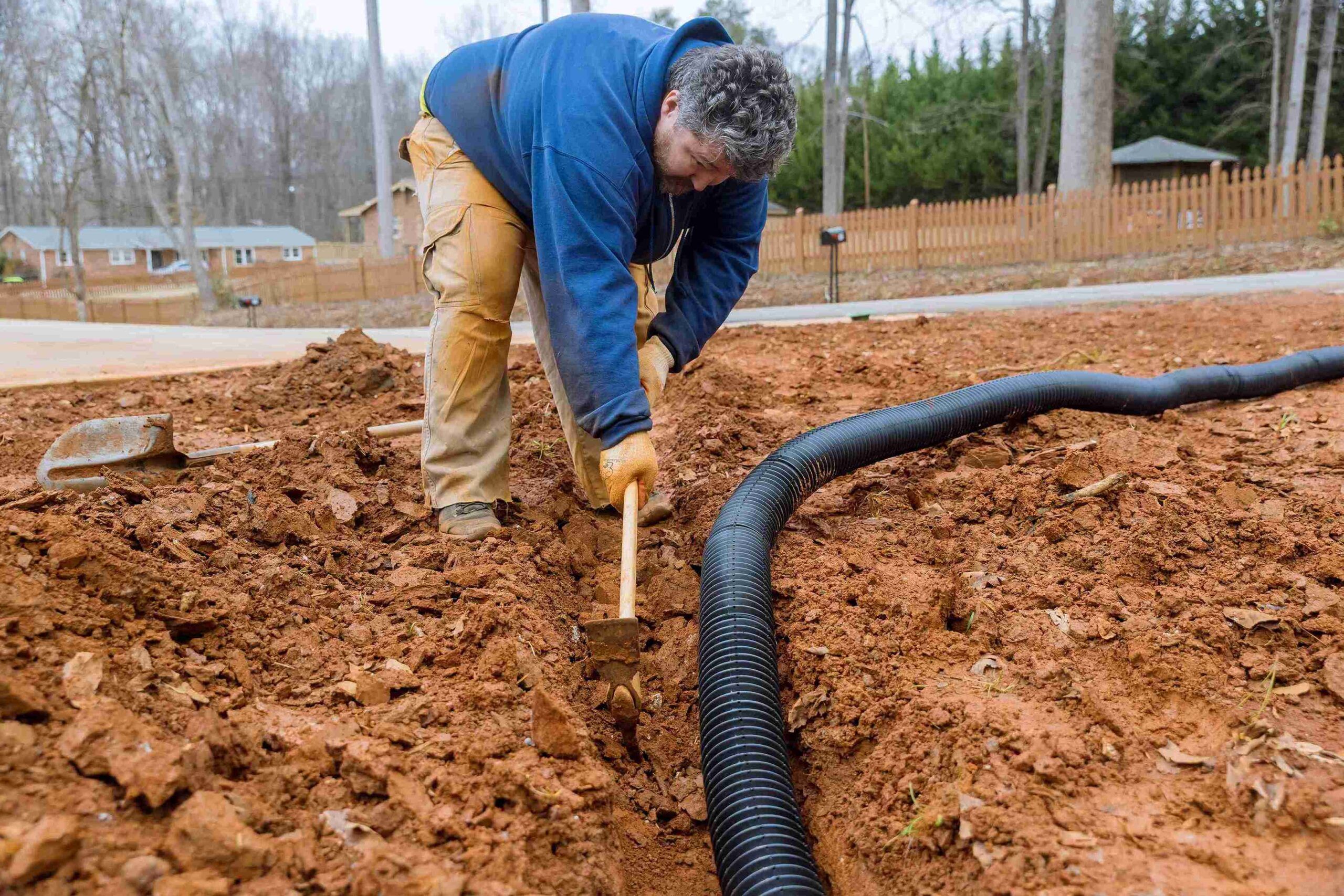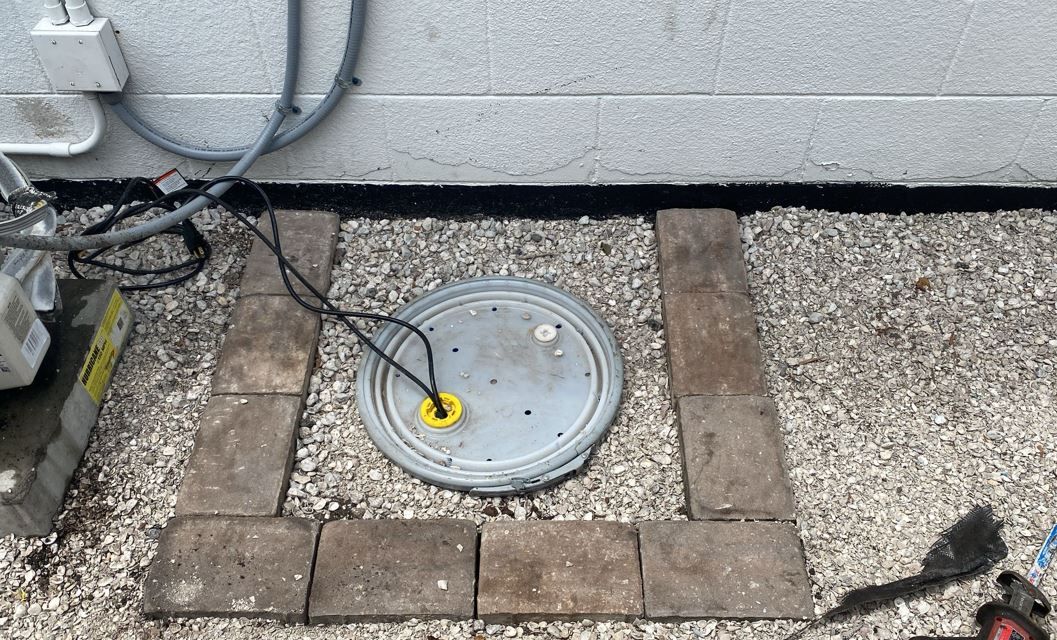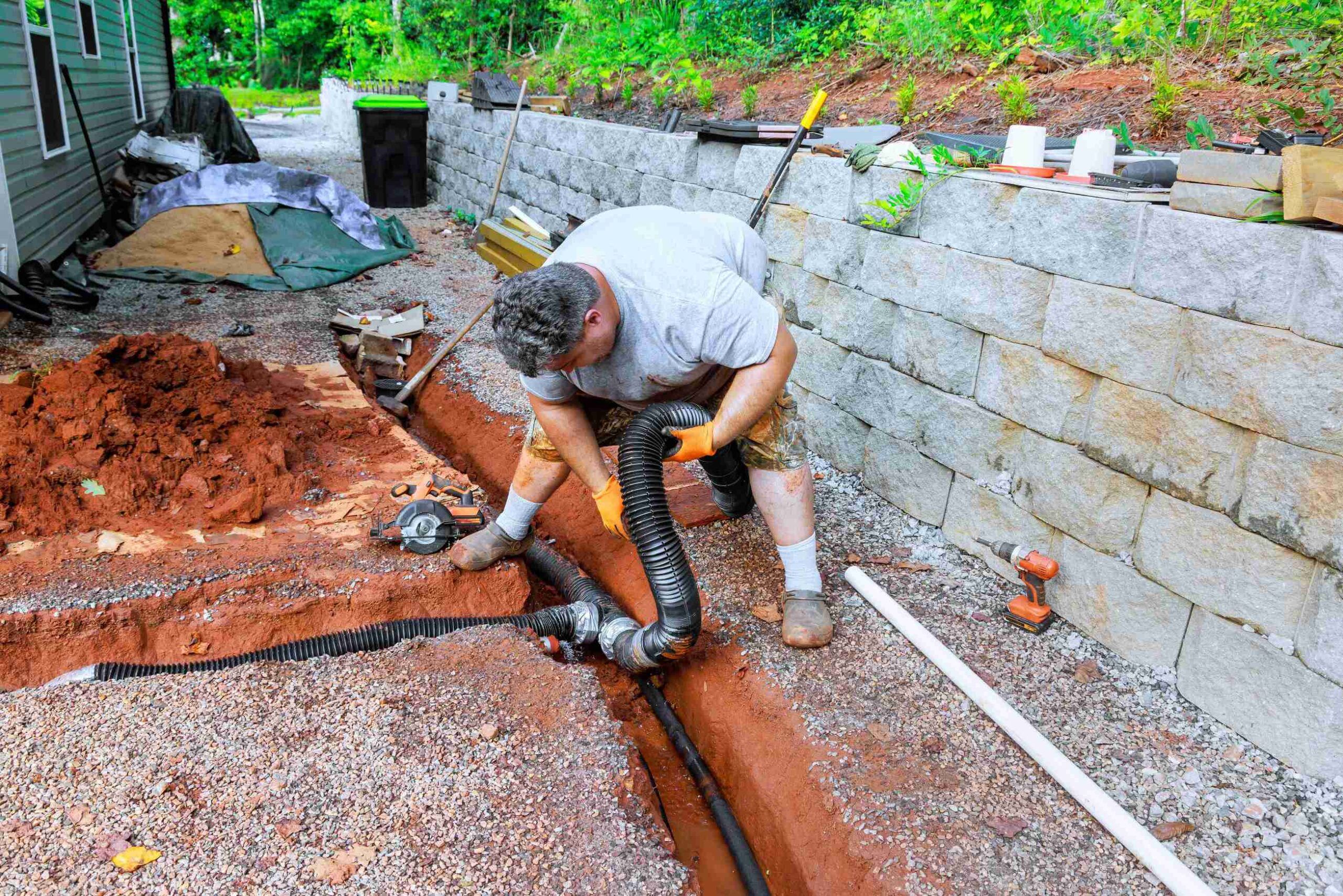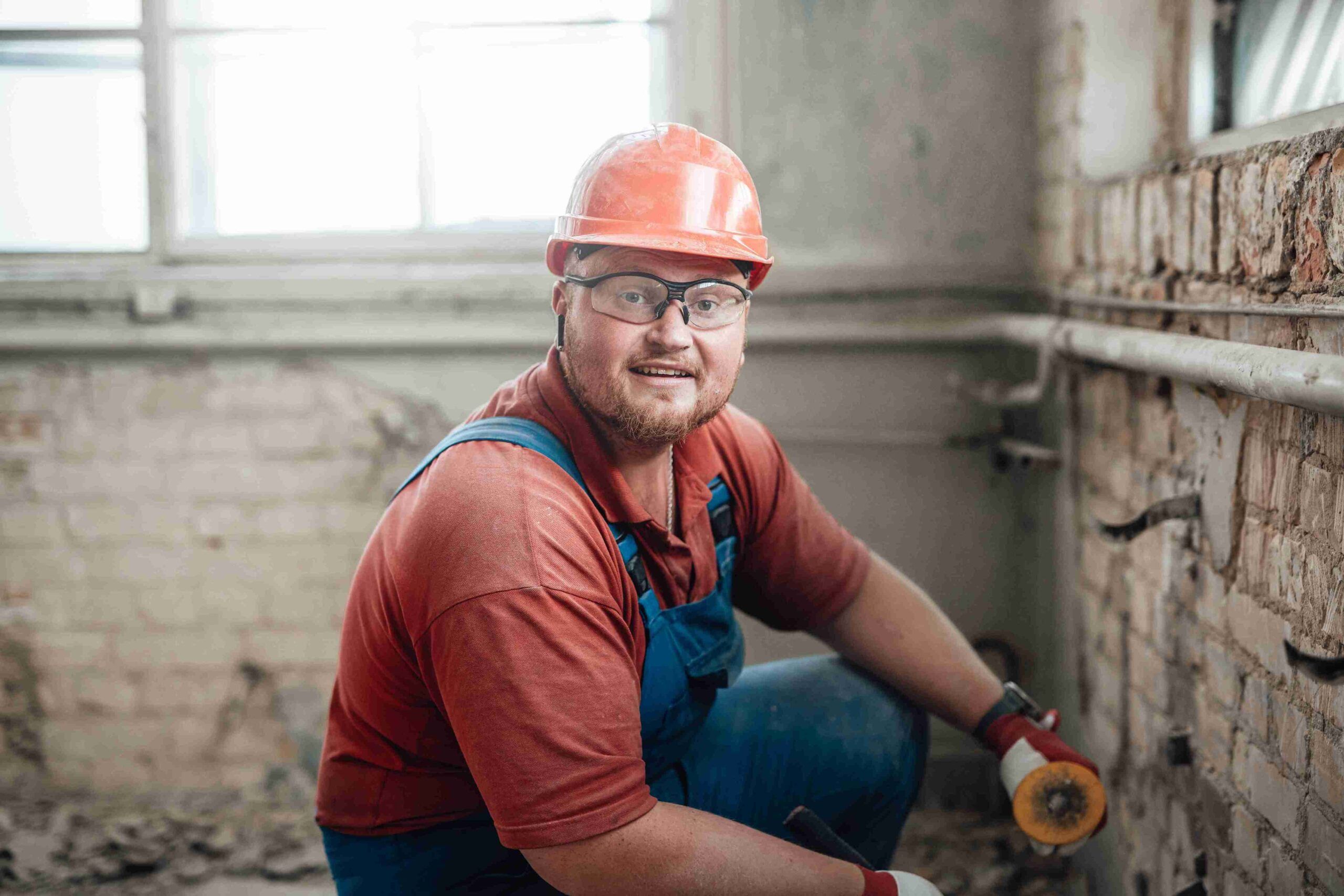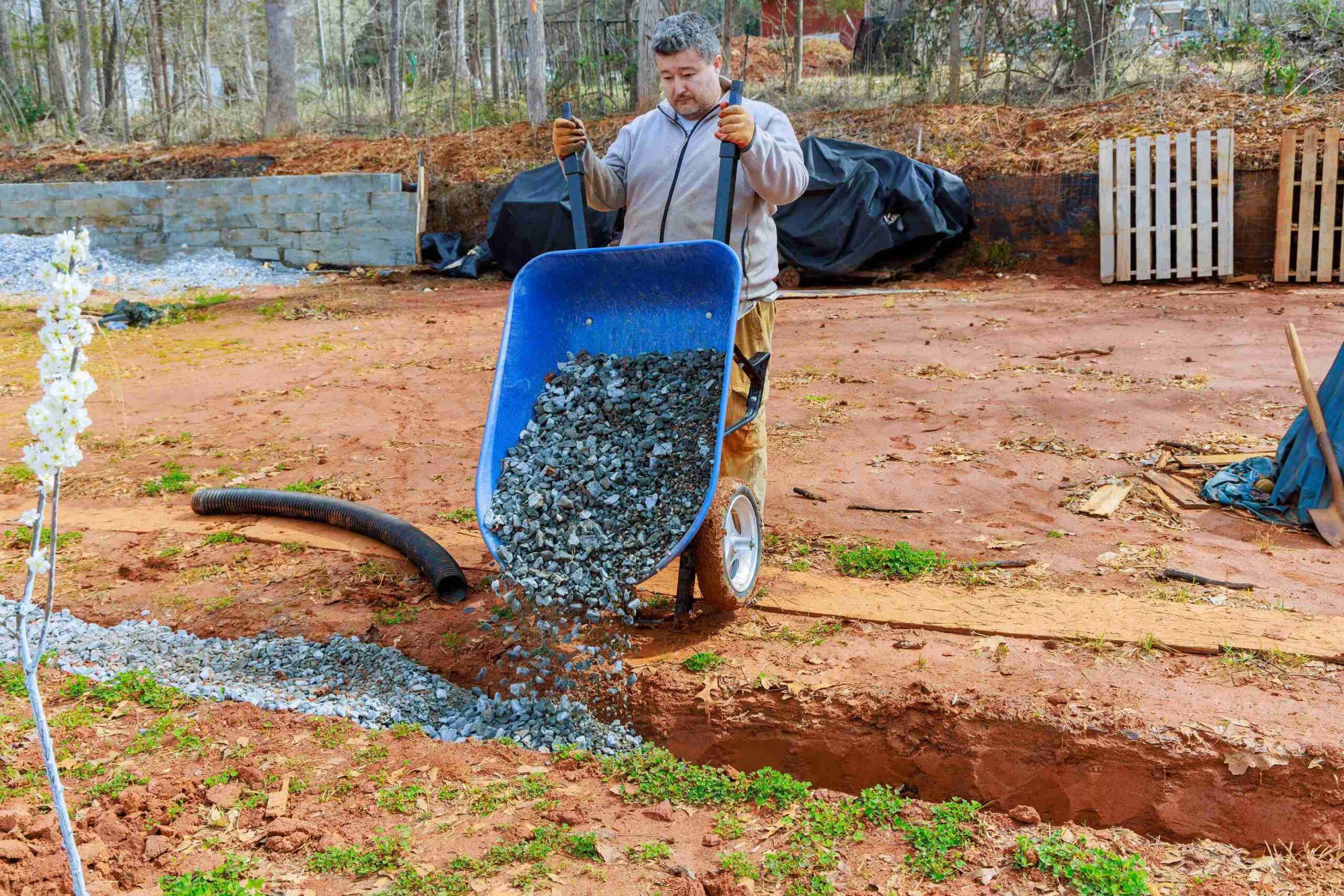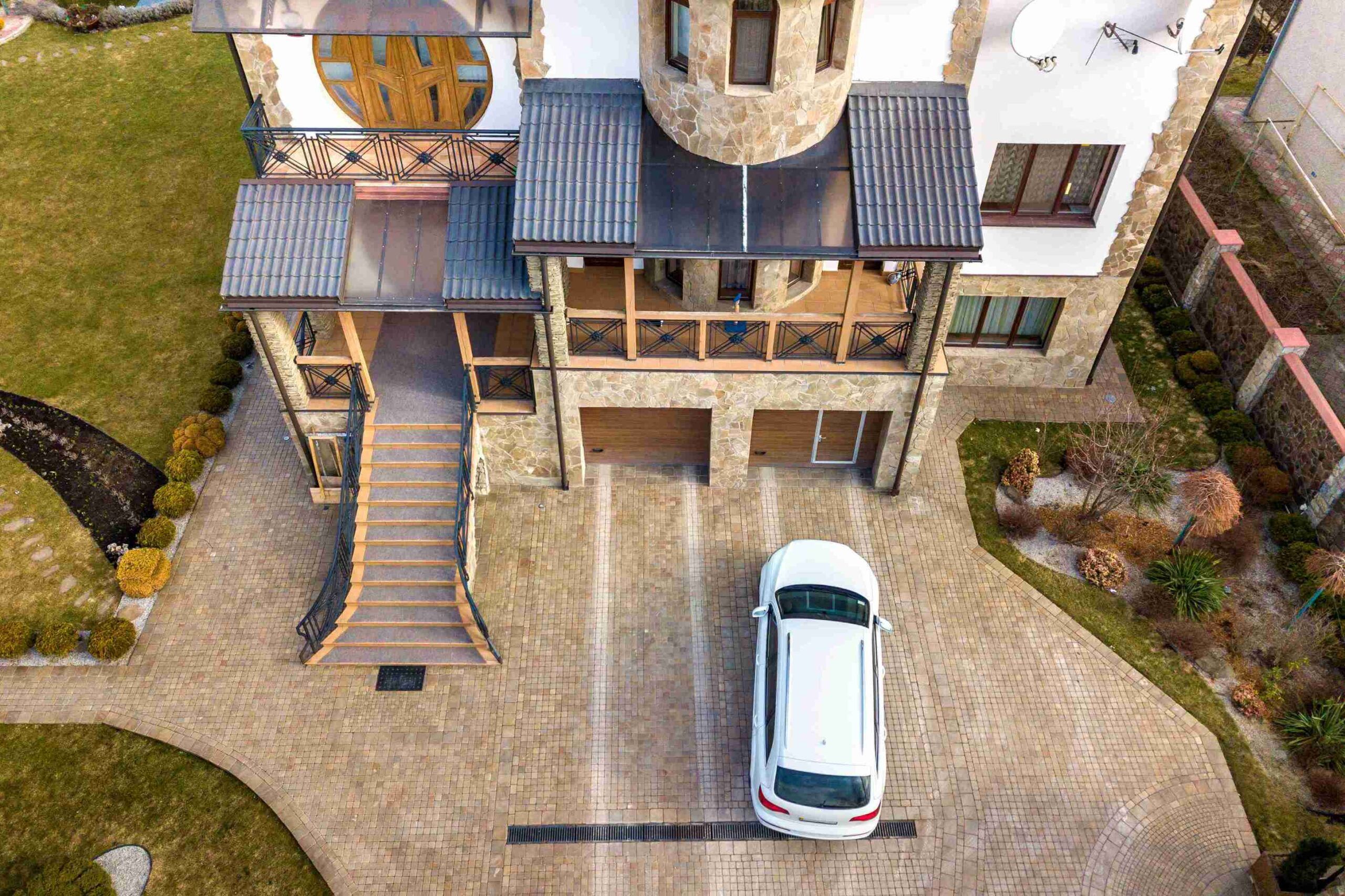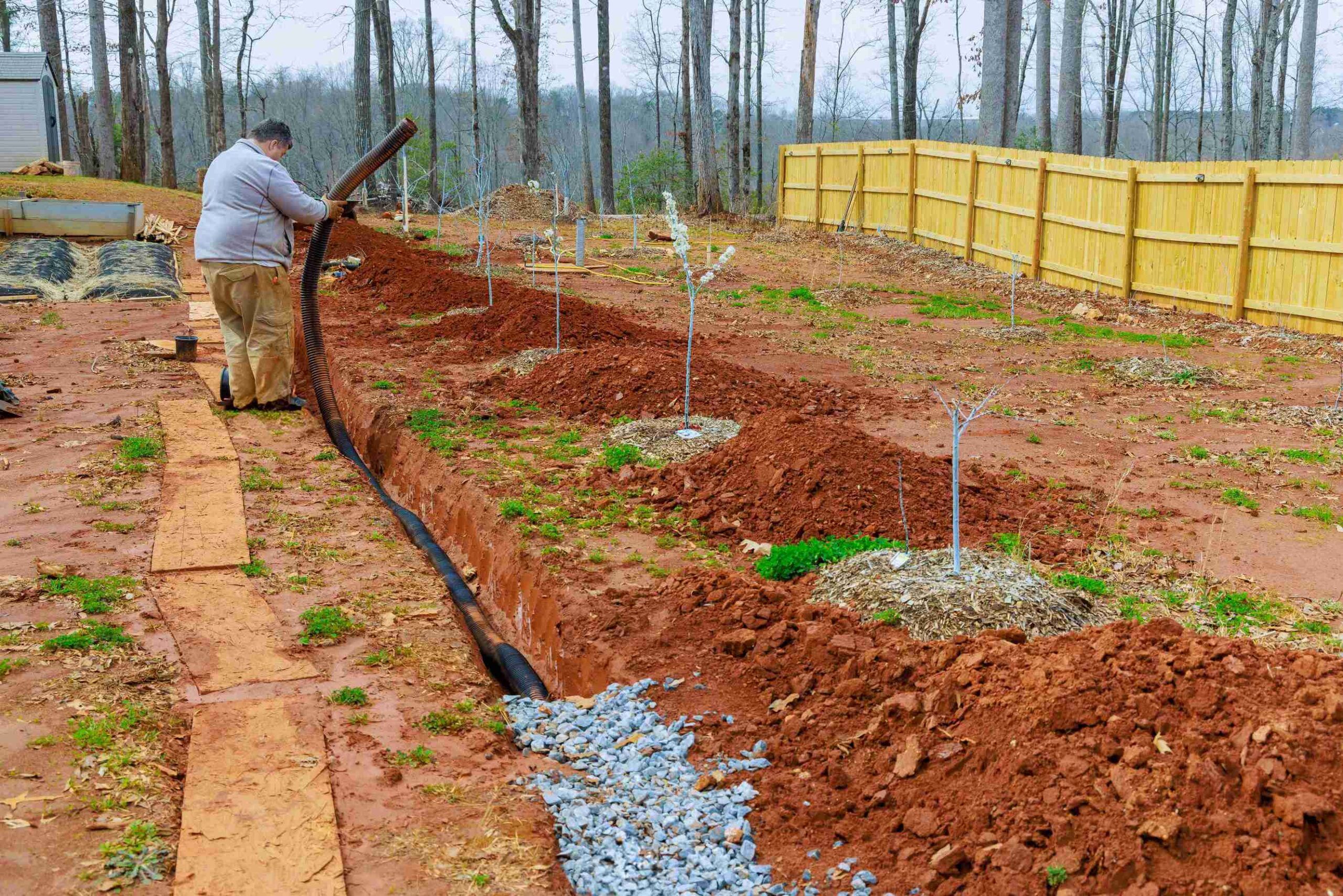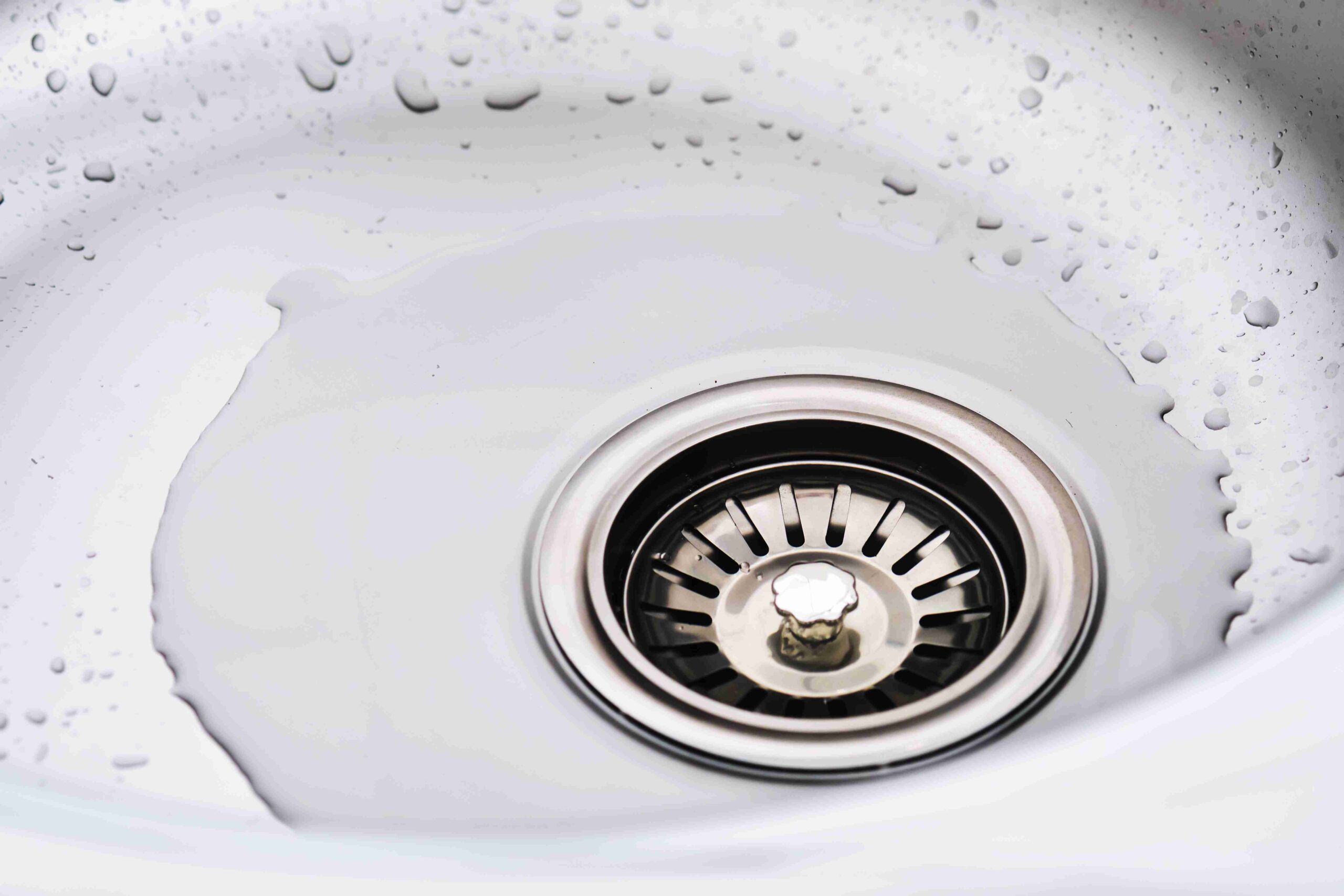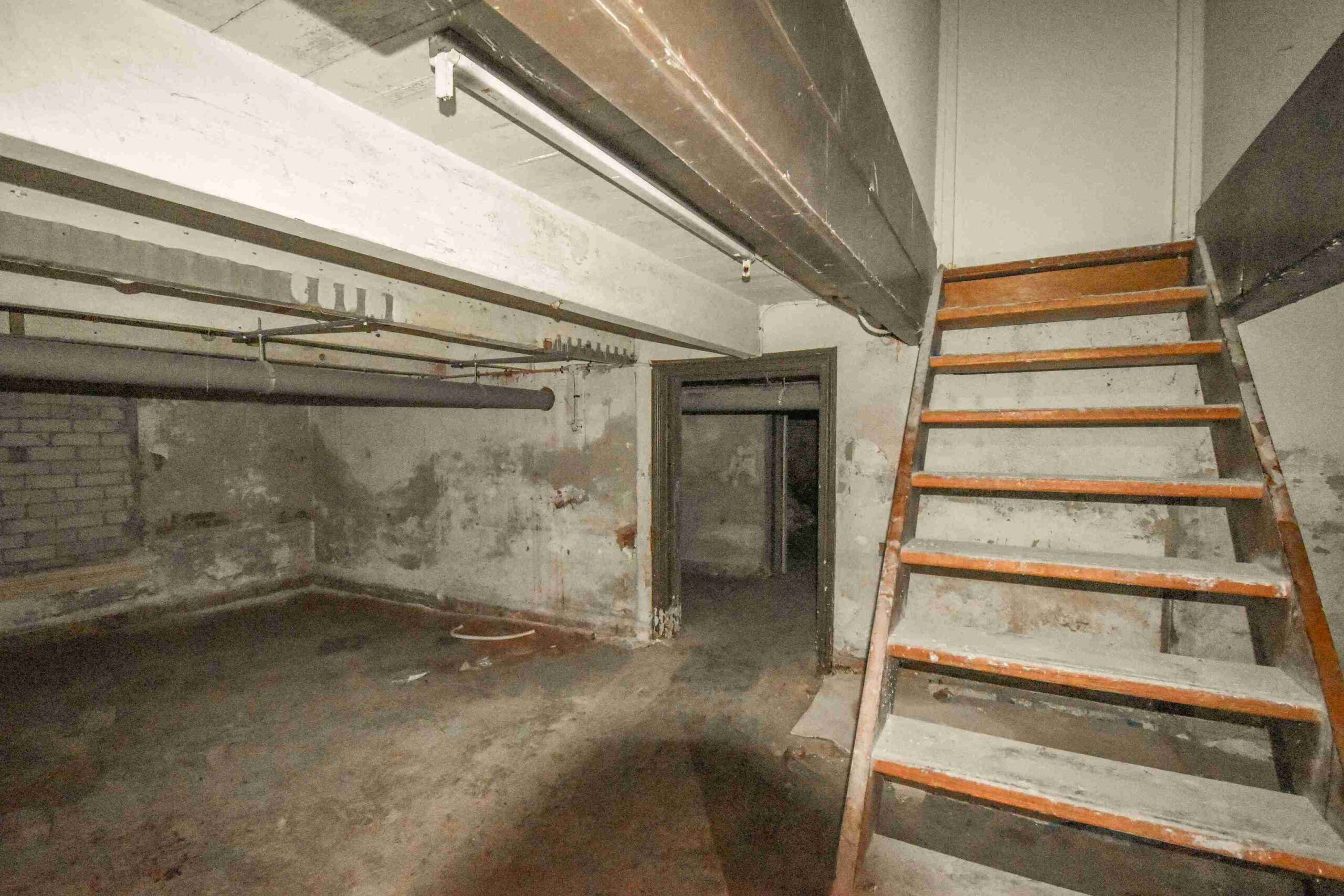How Deep Should A French Drain Be? (Guide)
If you’ve ever dealt with a soggy lawn or water creeping toward your foundation, you’ve probably come across the idea of installing a French drain.
It’s one of those simple but genius fixes for stubborn drainage issues.
But once you decide to tackle it, the big question pops up: how deep should you actually dig?
In this guide, we’ll walk through how deep a french drain should be, what changes based on your situation, and the common mistakes to avoid so your French drain does its job right.
Table of Contents
ToggleHow Deep Should A French Drain Be?
A French drain usually needs to be 18 to 24 inches deep for general yard drainage. That’s deep enough to collect surface water and shallow groundwater before it causes soggy spots.
If you’re working near your house, you may need to go deeper, sometimes closer to 36 inches.
The width matters too.
A trench that’s 8 to 12 inches wide with a perforated pipe in the bottom usually does the trick.
And don’t forget the slope. The pipe needs to tilt slightly so the water can move which is about an inch drop for every 8 to 10 feet is the sweet spot.
That said, you need to create a pathway where water can travel easily and away from the area you’re trying to protect. That means matching your depth to your exact situation, not just following a single measurement.
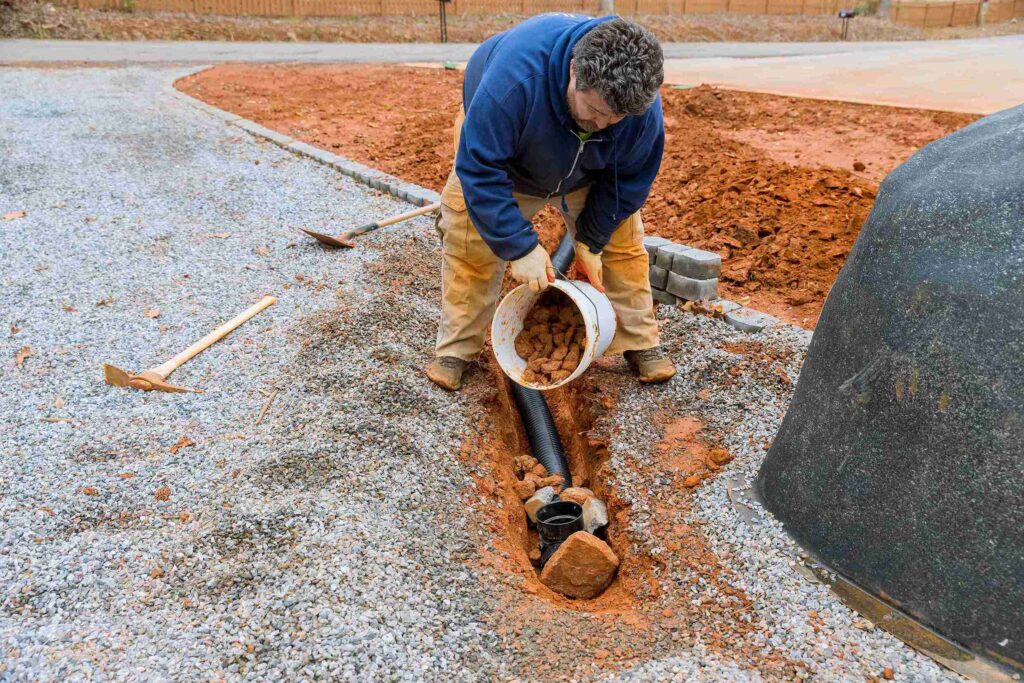
Also Read: Can You Do A French Drain Without Pipe?
French Drain Depth By Purpose
The depth you dig really depends on what problem you’re solving.
A shallow drain can handle soggy patches in the yard, but if you’re protecting a basement or a driveway, you’ll usually need to go deeper.
Here’s a quick breakdown:
| Purpose | Recommended Depth | Why It Works |
| Yard drainage | 18 – 24 inches | Deep enough to catch surface runoff and shallow groundwater. |
| Protecting foundations/basements | 24 – 36 inches (sometimes down to footing) | Keeps water from pooling against the foundation and leaking into basements. |
| Driveways & retaining walls | 24 – 36 inches | Handles heavy runoff and relieves pressure behind hardscapes. |
| Garden beds/landscape features | 12 – 18 inches | Prevents standing water without disturbing plant roots too much. |
Factors That Affect How Deep A French Drain Should Be
The guidelines above give you a starting point, but other factors can shift things one way or the other. So before you dig, it’s worth thinking about your yard and environment:
Also Read: How Much Do Whole House Drainage Systems Cost?
#1 Soil Type And Absorption Rate
Soil type plays a bigger role than most people realize.
Sandy soil drains quickly, so water moves through it easily, which means your French drain doesn’t have to be super deep.
Clay soil, on the other hand, holds water like a sponge. If your yard is clay-heavy, a shallow trench won’t cut it, you’ll need a deeper setup and more gravel to give water somewhere to go.
Loamy soil falls somewhere in between, offering decent drainage without too much extra work.
Knowing your soil type can save you time and guesswork. A simple trick is to dig a small hole, fill it with water, and see how fast it drains. That gives you a good idea of what your drain will need to handle.
#2 Slope Of The Yard
Slope is all about helping gravity do the work.
Water doesn’t flow uphill, obviously, so if your yard is flat, you’ll need to plan a slightly deeper trench or adjust the layout to create a steady downhill path for the water.
Even a small slope (just an inch drop for every 8 to 10 feet of pipe) can make a huge difference.
If your yard already has a natural grade, you’re in luck. You can often follow that slope without digging extra deep, making installation easier.
Just make sure the water has a clear path to an exit point, like a lower part of the yard, storm drain, or dry well.
#3 Local Climate And Rainfall Levels
Your local weather really affects how deep your French drain needs to be.
If you live in a rainy region, shallow drains can quickly become overwhelmed, leaving you with puddles and soggy soil. In these cases, a deeper trench with more gravel helps handle the extra water and keeps the system from backing up.
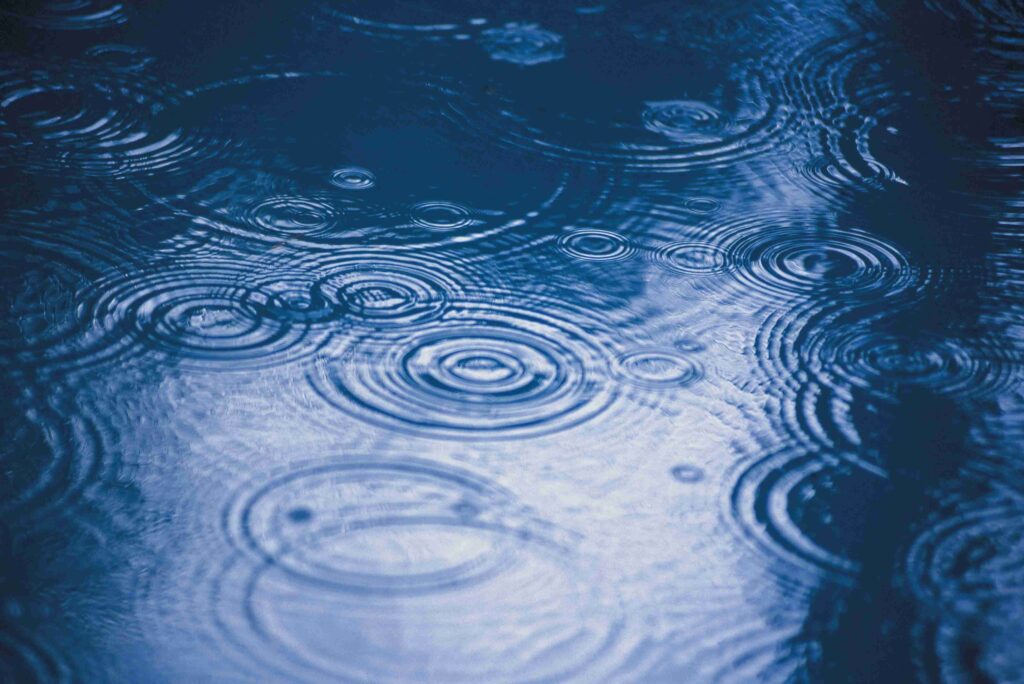
Also Read: Can You Drive Over A French Drain?
But if you’re in a drier climate with occasional rain, you can get away with a shallower trench.
Think about how much water your drain will need to handle during heavy rainstorms or seasonal downpours. Planning for the worst-case scenario is a smart move.
#4 Building Codes And HOA Requirements
Some towns, cities, or homeowners’ associations have rules about drainage systems.
They may set limits on trench depth, specify where water can be discharged, or even dictate the materials you use. Ignoring these rules can lead to fines or having to redo the work.
So before you start digging, check your local building codes and HOA requirements.
A quick phone call or visit to the local permit office can save you headaches later.
Mistakes To Avoid When Planning French Drains
French drains are simple in concept, but a few mistakes can ruin the whole setup.
A shallow trench is probably the biggest one.
If it’s not deep enough, it won’t catch the water and you’ll be right back where you started.
Going too deep can also be a problem as it adds extra labor and cost without much benefit if the water you’re dealing with is mostly near the surface.
Also Read: How Much Does A French Drain Cost In Florida?
Another mistake is forgetting about slope. Even a perfectly dug trench won’t help if water just sits in the pipe. You want that steady drop so gravity keeps everything moving.
Skipping landscape fabric is another common slip-up. Without it, soil and roots can clog the gravel and pipe.
And don’t forget about the outlet. The drain has to end somewhere, like a dry well, storm drain, or lower part of your yard. If there’s no proper exit, the system won’t work.
Bottom Line
A French drain should be 18 to 24 inches deep. If you’re protecting your foundation, driveways, or walls, go a bit deeper around 24 to 36 inches.
The exact depth depends on your soil, slope, climate, and any local rules.
The good news is you don’t need to overthink it. Focus on creating a clear path with the right slope and a solid outlet. That’s really the heart of a good French drain.
If you take the time to plan it out, you’ll end up with a simple, low-maintenance fix that keeps water from becoming a headache.
And once it’s in place, you’ll wonder why you didn’t do it sooner.

